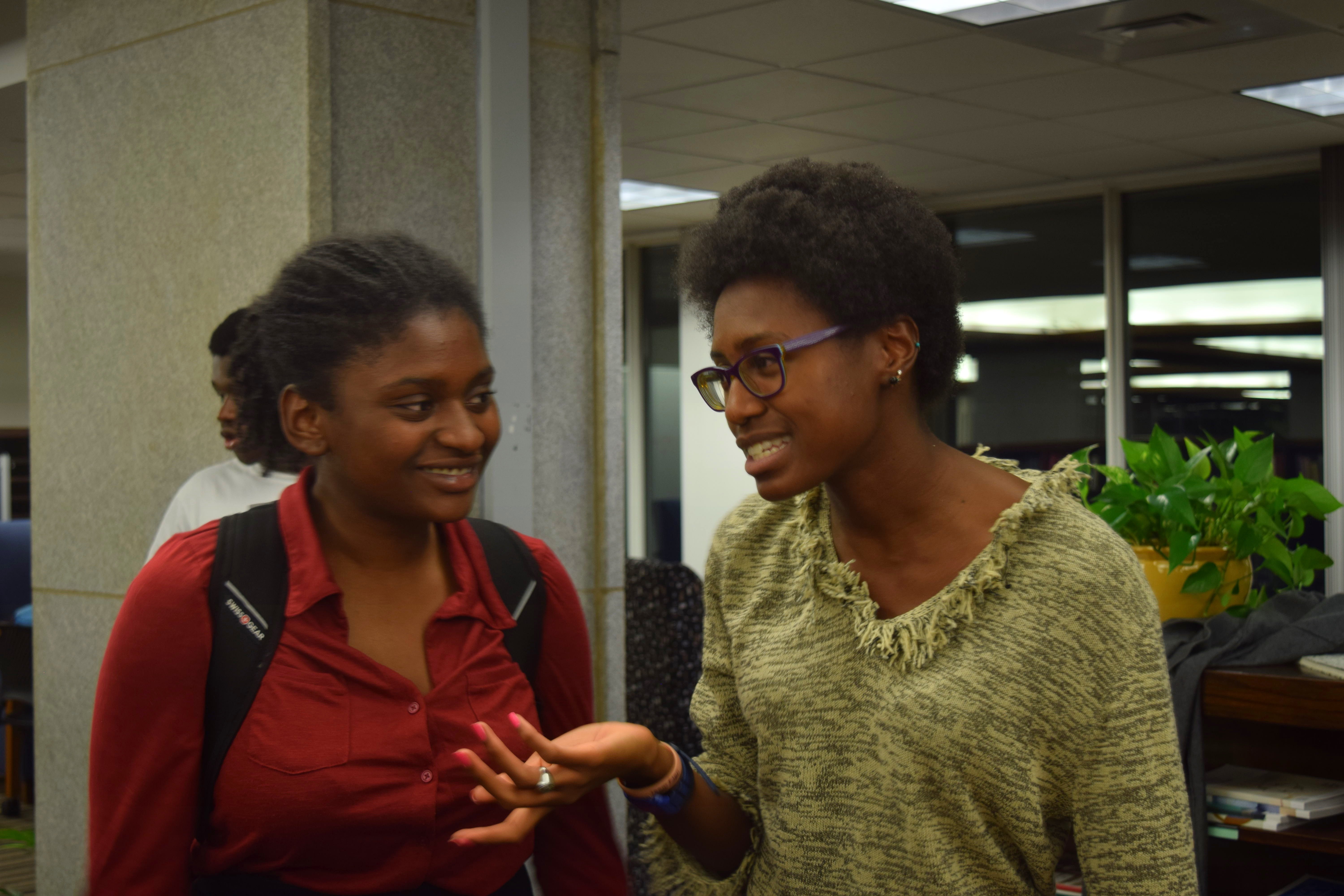

The Association of Amherst Students held elections to select senators from the classes of 2017, 2019 and 2020 on Sept. 28.
The senators elected to represent the class of 2020 are Jordan Edwards, Greg Franklin, Sade Green, Billy Jang, Natalia Khoudian, Lauren Knight, Daniel Njoo and Jenine Shepherd. Two students from the Class of 2018, Fernando Lopez and Phillip Yan, were also elected. In addition, Samuel Wolansky ’17 and Mohammed Ibrahim ’17 were chosen as write-in candidates, since no senior student campaigned for senate.
According to AAS Secretary Silvia Sotolongo ’19, the two write-in candidates were contacted shortly after the election to accept or decline their election. Both Wolansky and Ibrahim decided to accept.
“I am very surprised by the fact that I won,” said Ibrahim in an email interview.
According to Ibrahim, he was written in as a candidate after students jokingly shared memes on the class Facebook page, using an image of Ibrahim from the college bike share program’s advertisements.
“I think it will be an experience and an opportunity to learn and do something different in my last year here,” Ibrahim said. “Also, there are certain decision making processes I look forward to taking part in and hopefully influencing.”
Ibrahim also said that he questions whether or not his election accurately represented the views of his entire class, since he does not know how many people voted.
Abbas Shah ’18 and Areej Hasan ’18, members of the AAS Election Committee, noted a decrease in the number of students running for senate and lower voter participation.
“We really had to convince people to run and fill the seats,” said Hasan, who has been the committee chair since last year. “A couple years ago, there would be 20 to 30 first-years running for eight spots, but in the recent years it’s been around nine to 10 for the eight spots. And for upperclassmen, it’s been either less people running or the same amount.”
Prior to last week’s election, the AAS had numerous vacancies in the senate. In order to vote on certain issues, such as budgetary requests, the senate is required to meet quorum, and vacancies and frequent absences in the past made it difficult for the senate to conduct its weekly business.
Following this election, there will no longer be any vacancies in the senate. However, there is still concern regarding the student body’s opinion of the AAS, according to Shah.
“I think there is this misconception that the AAS is powerless, it does nothing on campus and that conversely, ironically, it takes up a lot of your time,” said Shah.
According to Hasan, the apparent lack of interest in the AAS may partially stem from the 2014 controversy surrounding the election of the AAS President. A former AAS president elected in the spring of 2014 faced criticism for exceeding the campaign spending limit of $45 to purchase posters. A new election was held in the fall of 2014, in which Tomi Williams ’16 was elected president.
Hasan said that this scandal may have contributed to disinterest in student government among current students.
“That seems to be the chronological marker for when interest in Senate died down,” she said.
According to Shah, the AAS is planning to change students’ opinions and to increase involvement with the student body through outreach events. Such events include “all-campus tea times,” the first of which was held the evening of Oct. 2 in Frost Library.
“There have also been talks of reducing the amount of senators per grade,” said Hasan. This may limit the effects of absences, he said, allowing the senate to reach quorum more frequently.
“It’s not really a fully fleshed idea, but it just reflects that people recognize that there is a problem, and people are proposing solutions,” Hasan said.